
I’ve written articles before about the importance of water in making beer. It seems that even the big beer companies struggle with water issues. When a brewery needs a local water source to brew its beer, it is in the best interest of the brewery to protect that water source.
“It is not going to be one organization or one company or one government that is going to solve this problem. It is going to take all of us collectively,” said Kim Marotta, MillerCoors director of sustainability.
MillerCoors acted after an internal assessment showed that three of its eight U.S. breweries, including one in Fort Worth, Texas, faced potential water shortages. The company is working on water conservation at its breweries, but also is identifying large agricultural water users near its breweries and asking to partner with them on conservation.
“We’re just starting that work,” Marotta said. “You have to start farm-by-farm.”
I’m glad to see a company like MillerCoors taking an interest in the environment, even if it is self serving. The initiative is a good start in the right direction and may lead to better brewing processes with less of an environmental impact. Clean, pure water is a resource that is increasingly difficult to come by in many parts of the world and large corporations are taking notice.
“You have to do more with less,” said Ken Klaveness, executive director of Trinity Waters, a non-profit conservation group focused on the 512-mile-long Trinity River, which supports water needs for over 40 percent of Texans.
“If you want your business to be here 15 to 20 years from now, you need to be proactive,” Klaveness said.
Projects with farmers can range from planting of grasses with deeper root systems that hold water and reduce erosion to installing high-tech monitoring stations in pastures.
Farmers are being asked to change irrigation techniques and equipment and plant a mix of different crops. Ranchers are asked to alter the ways they rotate their cattle grazing.
MillerCoors is also working with 800 barley farmers in Idaho to alter their irrigation practices in ways that use less water. MillerCoors will not disclose how much it is spending, but Marotta said the effort was a high priority.
When water is the largest ingredient in your product, I can absolutely see a need to make saving and protecting that resource a high priority. Hopefully it will be done in a manner that doesn’t horde that resource and keep others from getting their rightful share.
Source: http://www.msnbc.msn.com/



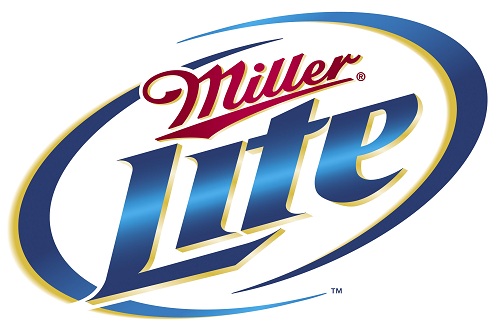



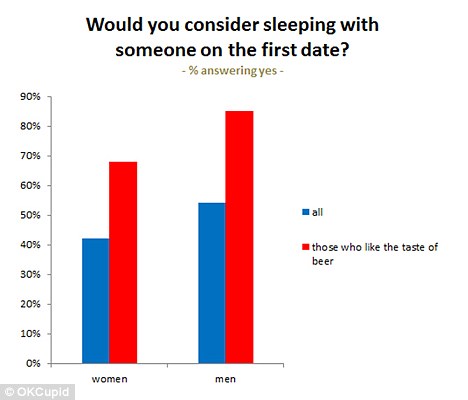

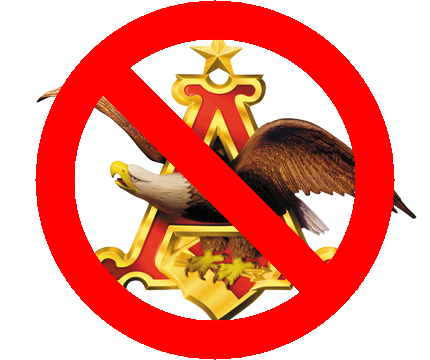

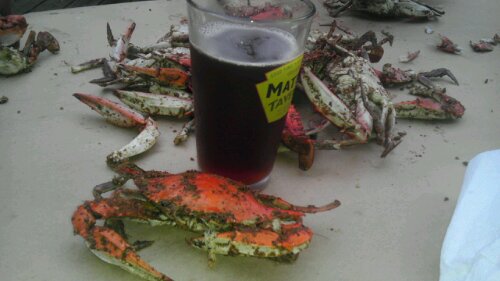

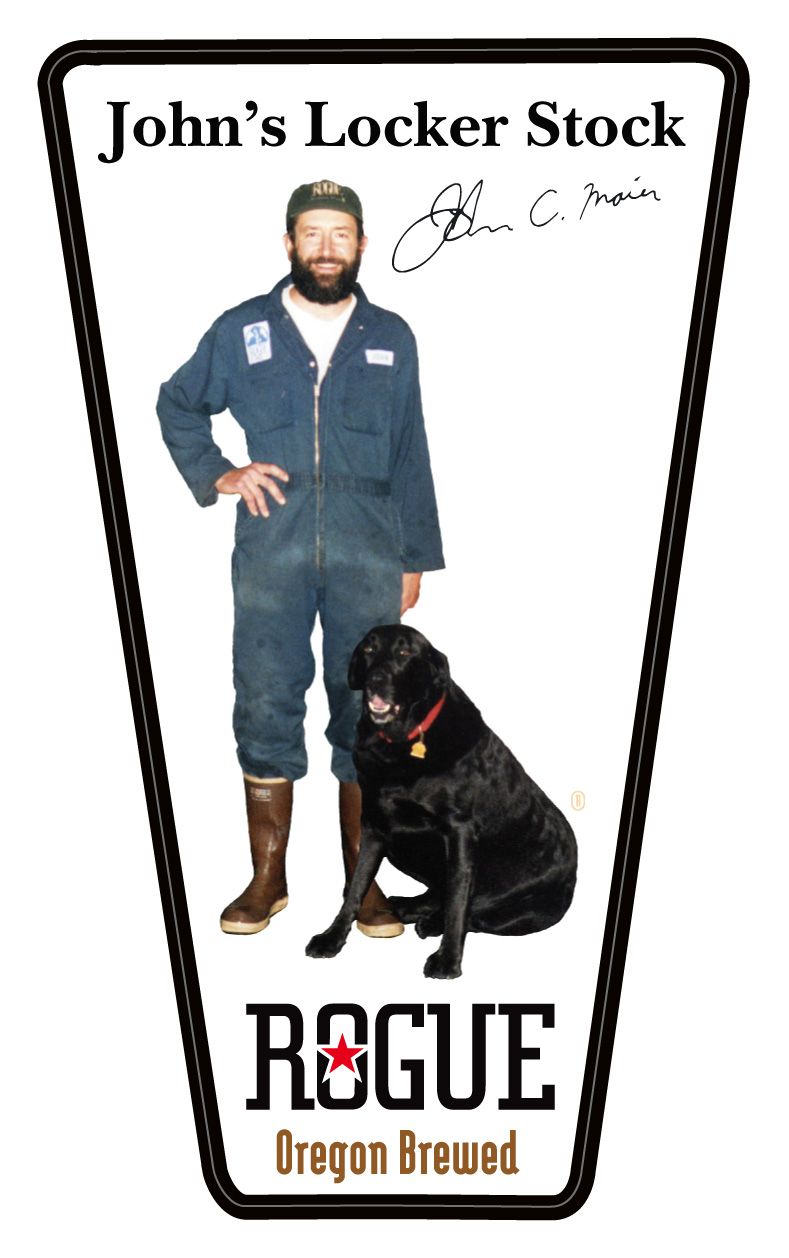

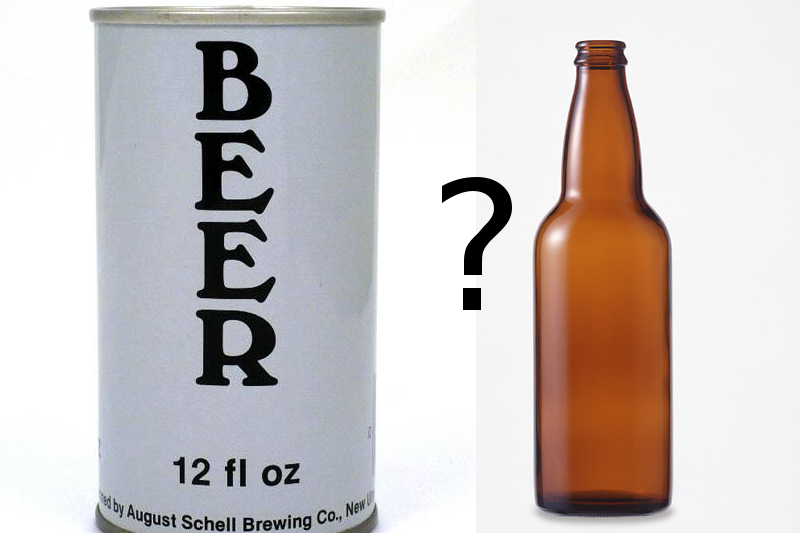

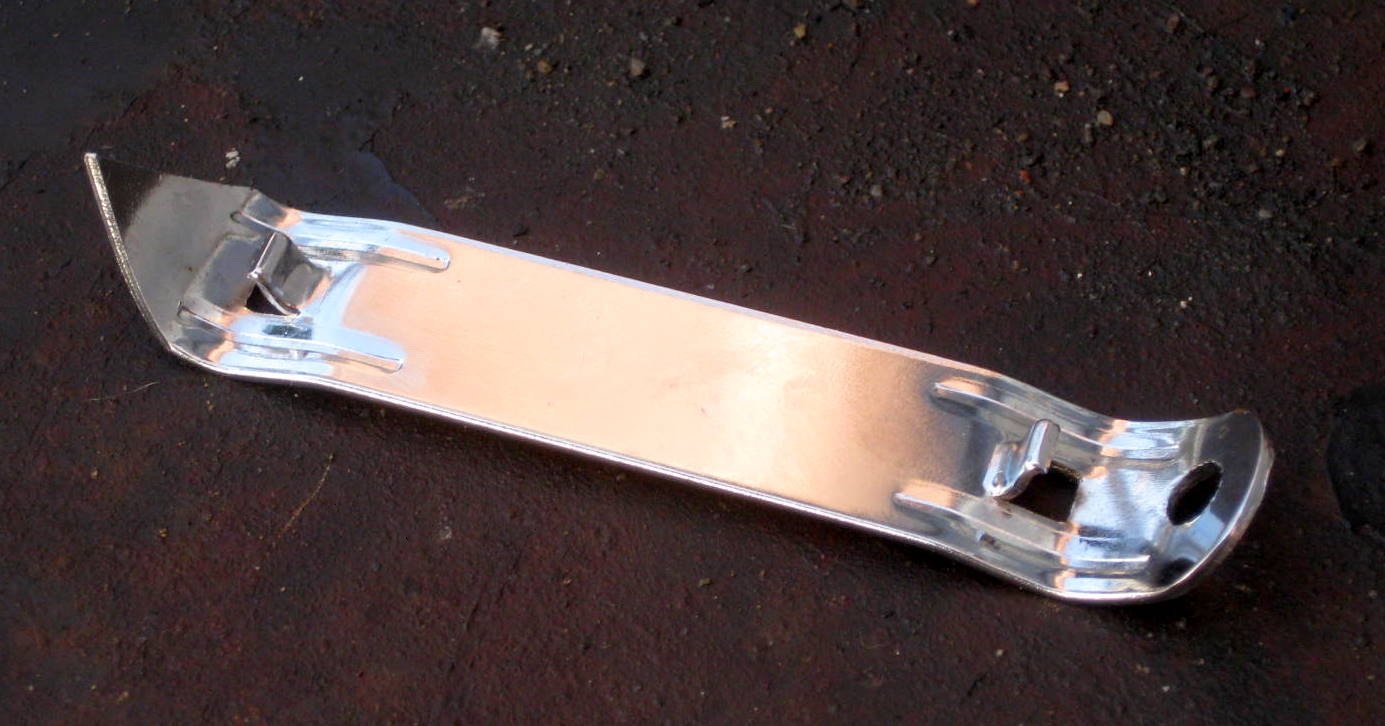


Follow Us!